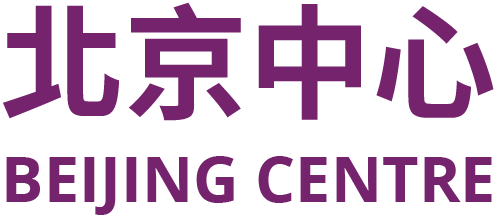The Chinese University of Hong Kong (CUHK) and the Shanghai Artificial Intelligence Laboratory (The Laboratory) signed a collaboration agreement to jointly promote the development and innovation breakthroughs in artificial intelligence (AI) and related interdisciplinary areas. An agreement-signing ceremony was held at CUHK on 6 January 2021. Professor Rocky Tuan, Vice-Chancellor of CUHK and Professor Tang Xiao-Ou, Director of the Laboratory signed the strategic collaboration agreement on behalf of both parties. Professor Alan Chan, Provost of CUHK; Professor Fok Tai-Fai and Professor Sham Mai-Har, Pro-Vice-Chancellors of CUHK; Professor Wong Suk-Ying, Associate Vice President of CUHK; and relevant members of the Laboratory witnessed the signing.
The collaboration will focus on the major needs of the country and the development of the Guangdong Hong Kong Macao Greater Bay Area, comprising key issues in the field of AI and related disciplines, jointly creating a world-class interdisciplinary innovation platform. Riding on the unique advantages and complementary strengths, both parties will embark on establishing an open and efficient mechanism to bring far-reaching impact not only in original theories and innovative technologies of AI, but also multidisciplinary research and emerging industry applications. It will carry out a full range of strategic cooperation in recruitment of research talents, joint training of youngsters, innovation ecology in combining research, education and knowledge transfer, and sharing of achievements.
Based on the University’s world-leading research excellence, CUHK has identified its research priorities to focus interdisciplinary research directions to reach the next level of excellence and breakthrough, and fulfil societal needs on a national and global scale. The Laboratory is a national research unit engaging in strategic, original and forward-looking scientific and technological research in artificial intelligence, aiming at achieving breakthroughs in foundational theories and core technologies.






